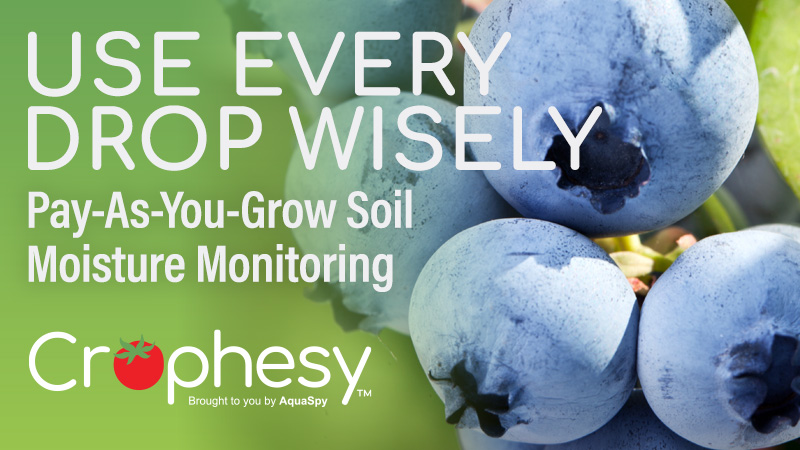More Food for Thought from the Fruit Tree Nursery Front Lines
I found working with fruit tree nursery leaders for the American Fruit Grower June issue cover story particularly enlightening. Theirs is a tale of trial and tribulation and adapting to that adversity. American Fruit Grower aims to identify remedies to their current plight, which revolves around needing and taking the time to decipher and develop ideal rootstock and variety combinations, only to have the goalposts continually move.
As is often the case, an abundance of good advice can’t fit into one story. Here are some additional words of guidance from nurserymen to their colleagues and growers:
Tyler Brandt, Vice President, Brandt’s Fruit Trees: “It has been said that it takes a lifetime to prove or disprove a rootstock. … I think some are not doing the grower any favors by promoting certain rootstocks when they themselves have not truly seen them in a commercial setting and are making judgments on one year and
one individual block. I believe there has been a lot of promoting done without adequate research.”
Tom Burchell, President, Burchell Nursery: “One challenge is to have access to clean, virus-free, certified material, if possible, to establish clean mother blocks and stool beds. If clean material doesn’t exist, the dilemma is to either go ahead and plant that mother block anyway, because there is demand for a particular rootstock, or not and lose out on sales.
If growers are requesting a certain rootstock, and it is not established yet at the nursery, the temptation is to go ahead and plant it anyways even though it has not gone through the rigorous virus and disease testing.”
Peter Van Well, President, Van Well Nursery: “(An)other problem we see is that rootstocks that may be rock stars in the orchard can be challenging in the nursery row or vice versa. If we have to charge double the price for a rootstock because it requires extra labor in the nursery field, it may not be a viable option unless the good results in the orchard make it of high enough value to the grower to pay the extra charge from the nursery.
“So it can be tricky when there are newer rootstocks to keep up with the latest information and make sure we are giving our customers correct information as we get more and more new rootstocks. In some cases, it seems, the vigor of the rootstock, which is one of the most important attributes, will change from year to year in the research information. That is difficult when you sold trees on old information that proves to be incorrect.”
Reid Robinson, CEO, Sierra Gold Nurseries: “We as an industry really function best — and take a lot of pride in — when we can explain to growers our process, which is kind of a weird, interesting customer-vendor relationship.
“If you go buy a whatever, you don’t necessarily go tour the factory. But we’re kind of like, ‘No, no, you should really come to the factory because it’ll help you understand when we’re saying no, when we’re saying yes, when we’re talking about delivery timelines. Growers, they just don’t like to be surprised. That’s the No. 1 thing as a nursery that you can’t do. You just can’t have disasters that you haven’t been up front about. That’s sometimes where the communication gap exists. If a grower thinks you have foreknowledge, and you haven’t told him, or you sort of overpromise and under deliver, then that can be a real killer for the relationship.”
Burchell — “On-farm research is very critical for determining if a rootstock will be beneficial for the industry. Having it in the growers’ hands, planted in real farming conditions, will help expose defects in the rootstocks, including soil conditions, growth, and production efficiency or lack of. It takes up to 10 years to prove a variety or rootstock, and the sooner it can be tested in a real-world on-farm location, the faster we can determine its good and bad attributes.”
Brandt — “[It] takes many years to provide adequate amounts of certified wood to build commercial amounts of trees from. A lot of times growers are not willing to wait for certified wood because of pressures from the markets and the need to build trees as fast as possible. Also, in the past we were not dealing with as many rootstocks that had virus sensitivity issues like we are seeing today.”










